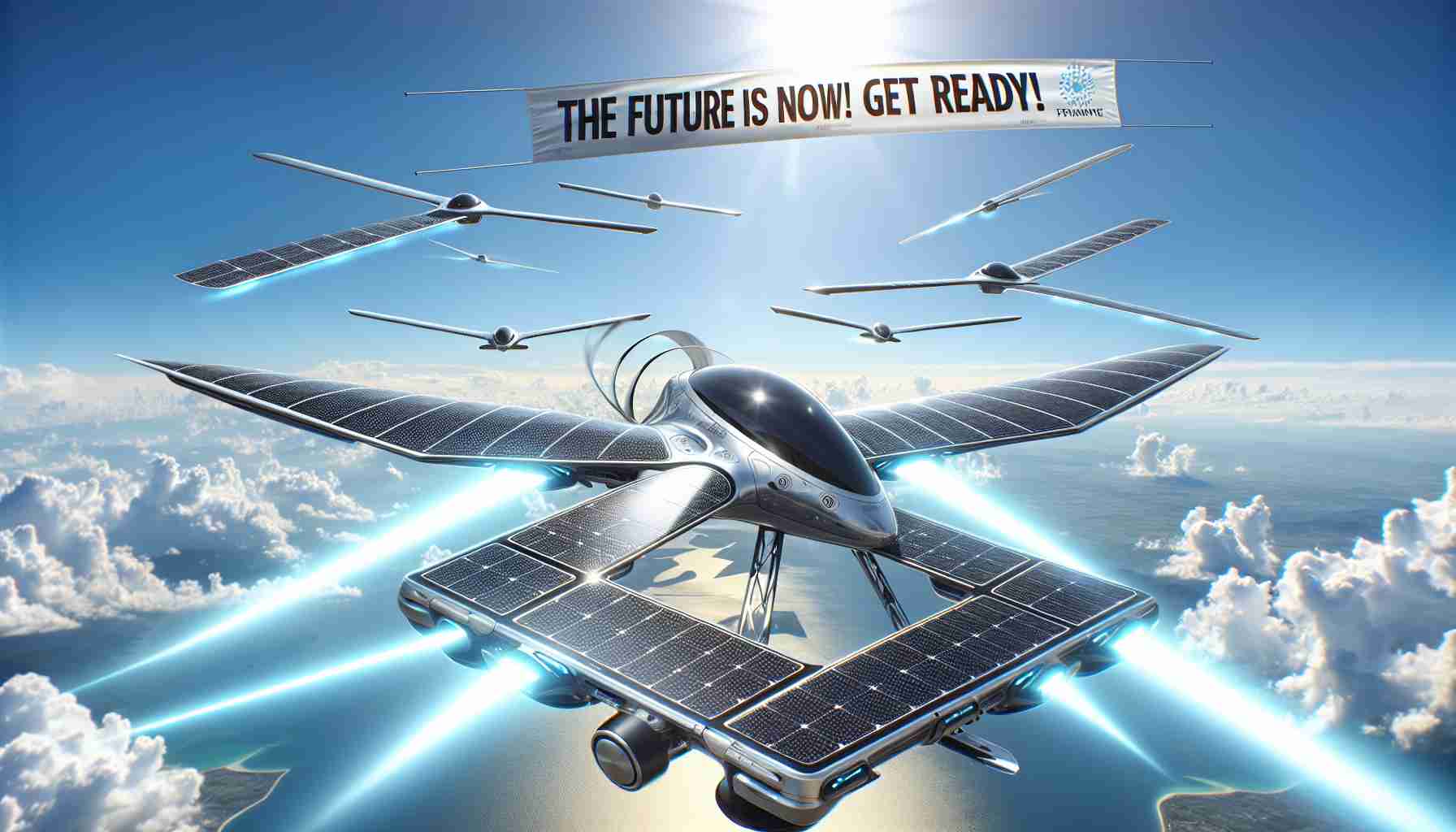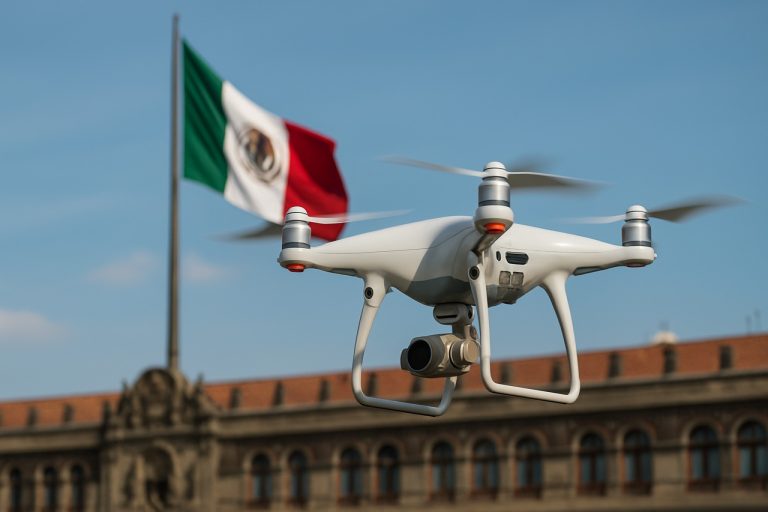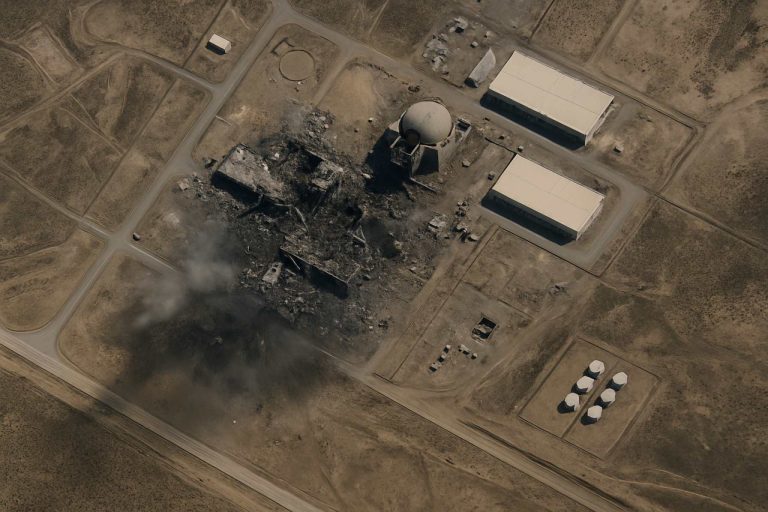
Combining Drone Technology with Solar Innovation
In a remarkable breakthrough, scientists at Johannes Kepler University Linz (JKU) in Austria have pioneered a groundbreaking solar technology that merges ultra-thin perovskite photovoltaic panels with drone systems. This innovative approach has ignited excitement in the realm of sustainable aviation, showcasing possibilities that range from efficiently charging drones to generating energy in space.
To illustrate the capabilities of their technology, the researchers equipped a compact commercial quadcopter with 24 solar cells seamlessly integrated into its frame. Remarkably, the solar component’s weight constituted merely one four-hundredth of the entire drone’s mass. This allowed the drone to conduct several charge-flight cycles autonomously, highlighting the effectiveness and sustainability of perovskite solar cells.
Published in the prestigious journal Nature Energy, their research emphasizes the importance of autonomous solar-powered aviation. The researchers unveiled how these lightweight quasi-2D perovskite solar cells can achieve an extraordinary power output of up to 44 watts per gram, all while maintaining impressive stability.
The potential of this technology extends beyond aviation; it promises advancements in areas such as wearable electronics and the Internet of Things. As researchers continue to unravel the power of ultra-thin photovoltaics, the future of self-sufficient energy systems looks increasingly bright—both on Earth and beyond.
Powering the Future: How Drone Technology Meets Solar Innovation
The Intersection of Drones and Solar Energy
Recent advancements in solar technology are set to revolutionize the drone industry, thanks to the innovative work conducted by scientists at Johannes Kepler University Linz (JKU) in Austria. Their pioneering research combines ultra-thin perovskite photovoltaic panels with drone systems, establishing a new paradigm for sustainable aviation and energy generation.
Key Features of Perovskite Solar Cells
1. Ultra-Lightweight Design: The perovskite solar cells integrated into drones weigh only a fraction of the overall drone mass—one four-hundredth to be exact. This minimal weight allows for enhanced flight efficiency and longer operational times.
2. High Power Output: These cells boast an impressive power generation capacity of up to 44 watts per gram. This efficiency translates into better energy use and longer flight durations for UAVs (unmanned aerial vehicles).
3. Stability and Durability: The quasi-2D structure of the perovskite panels offers remarkable stability, ensuring consistent performance under various environmental conditions.
Use Cases and Applications
The integration of solar technology with drone systems presents numerous practical applications, including:
– Autonomous Charging: Drones can autonomously charge their batteries during flight, significantly extending their ranges without the need for ground-based power sources.
– Energy Generation in Remote Locations: Drones equipped with solar technology can be deployed in remote areas for tasks such as environmental monitoring, search and rescue operations, and disaster relief, all while harnessing solar energy.
– Wearable Electronics and IoT: Beyond aviation, the lightweight and efficient solar cells hold promise for wearable electronic devices and Internet of Things (IoT) applications, enabling self-sufficient energy systems in a variety of fields.
Performance and Limitations
While the advancements in perovskite solar technology are impressive, it is vital to consider potential limitations:
– Environmental Sensitivity: Perovskite materials can be susceptible to moisture and degradation over time, which might impact their long-term viability in outdoor conditions.
– Commercial Viability: Scaling production and ensuring consistent quality of perovskite solar cells remains a challenge for widespread adoption.
Market Trends and Future Predictions
As the push for sustainable energy solutions escalates, the drone market is poised for significant growth, with solar-powered drones at the forefront. Experts predict increasing investments in research and development targeting solar technology for UAV applications. This trend is expected to lead to more efficient, eco-friendly drones that can operate autonomously for extended periods.
Security Aspects and Sustainability
The use of drones powered by solar technology contributes not only to operational efficiency but also to addressing security concerns related to energy supply during critical missions. Moreover, integrating sustainable practices in drone technology aligns with global efforts towards reducing carbon footprints and mitigating climate change impacts.
Pricing and Accessibility
The cost of integrating perovskite solar technology into commercial drone systems is currently a consideration for manufacturers and consumers alike. As research progresses and production techniques improve, it’s anticipated that costs will decrease, making this innovative technology more accessible to a broader range of users.
In conclusion, the combination of drone technology and solar innovation heralds a new era of autonomous flying systems capable of self-sustaining energy production. As developments continue, the impact of these advancements will undoubtedly be felt across various industries—from environmental science to logistics and beyond.
For more information about sustainable energy innovations, visit JKU.



